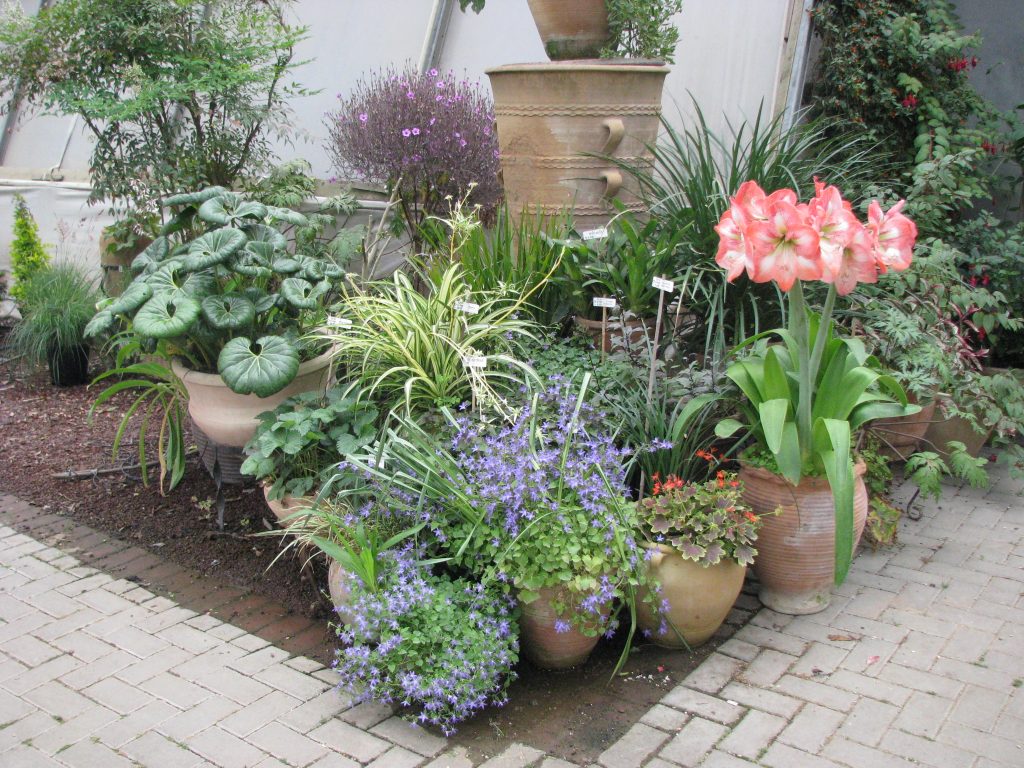
Campanula portenschlagiana (Wall Bellflower)
Family: Campanulaceae | Origin: Southern Europe
Much has been written and said about the confusion between the South African genus Amaryllis and the genus Hippeastrum, which is native to subtropical and tropical America from Argentina to Mexico.
Eventually, the botanical name dispute was settled after debates and arguments and botanical conferences, but all plants of both genuses are called by the common name Amaryllis around the world.
The impressive collection of varieties sold these days here at Shtiley Har includes hybrid plants of several species of hippeastrum, most of which, despite having bulbs, are evergreen in nature.
These plants are active and green throughout the year in the warm regions of the country and if grown indoors, but in the cold regions of the Israel they go into full or partial dormancy in the winter, put up new leaves in the spring and bloom with impressive giant flowers in April-May.

Hippeastrum bulbs are sold in nurseries around the world mainly in the fall, and most bulbs are treated according to a forcing protocol, which includes removal from the ground in the summer, cutting of the leaves and drying the bulbs in cold storage for about three months.
At the end of this period, the "confused" bulbs are planted and bloom about a month and a half after planting before and during Christmas or Hanukkah, when there is a great demand for the cut flowers.
The bulbs for sale at Shtiley Har have gone through this process and most of them will bloom a few weeks after planting and in the following years they will bloom again at the natural time in the spring.
All Hippeastrum varieties grow well under full or partial sun and even partial or almost full shade and prefer regular summer watering. They prefer to be planted in a rather small pot or in the ground with excellent drainage and can be grown even indoors.
It is highly recommended to protect them from snails that like to bite the leaves and even more so the flower buds.
the impressive flowering stems reach a height of 40-60 cm and bear each 2-4 huge and beautiful flowers and under good conditions, the bulb will split and multiply and with time one can get a clump of bulbs with many flowers each spring.

